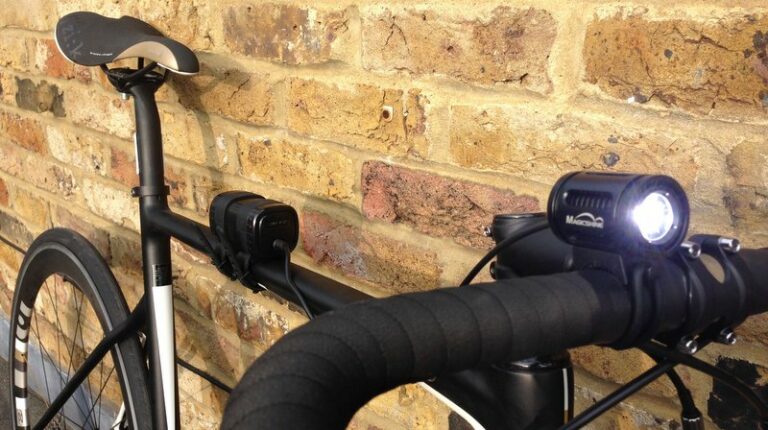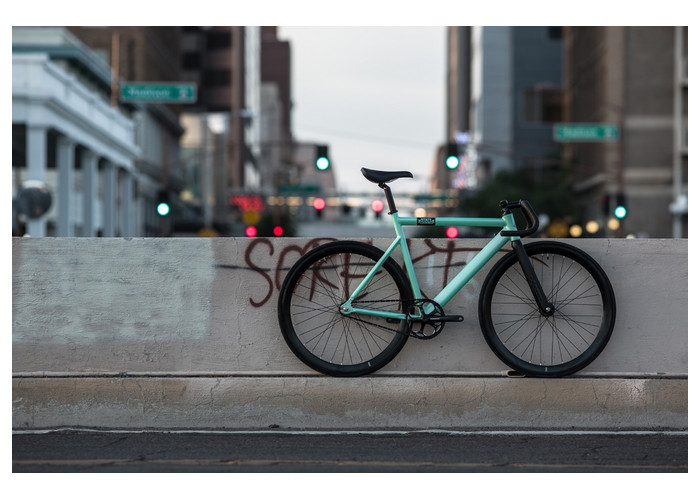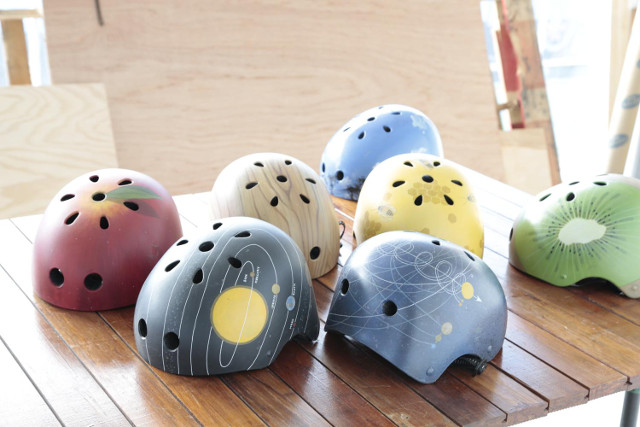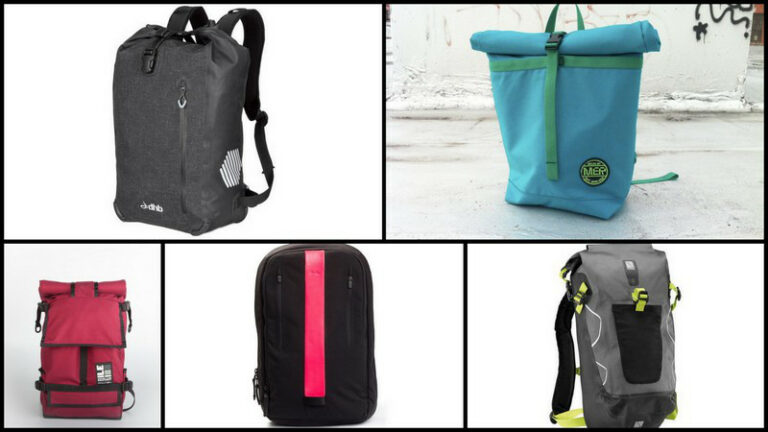
Bike theft is a very sad fact of cycling – and though no lock will make you completely immune to thieves, a good quality lock will definitely limit your chances of being a victim.
Bike theft: everything you need to know
Bike locks come in all shapes, sizes and weights – and the good ones are rated by the independent authority, Sold Secure.
Things to consider when buying a new bike lock are:
- Sold Secure rating
- Weight & Portability
- Accessories
- Locking mechanism
- Weather proofing
Cost is of course another consideration – but it is worth spending more where you can – a cheap lock is a false economy. A rule of thumb is to spend 10% of the cost of your bike on your lock.
Sold Secure Rating
All locks should be rated by Sold Secure – Gold for the strongest of locks, followed by Silver, and Bronze. The grading is based upon the amount of time the lock takes to be broken, and using which tools – Gold locks being the most time consuming to break, with more complicated tools.
Remember that the rating is given to the primary lock – so a Sold Secure Silver rated lock that comes with two cables to secure the wheels could be safer than one Gold rated D-lock.
Weight & Portability
A Gold rated lock is great, provided you can actually carry it around. Stronger locks are often heavier, often due to the use of thicker metal. Opt for a bike lock with the best rating you can, that you are still able to carry.
Some locks will come with a mount so that you can attach the lock to your bike – saving you from cramming it into your backpack or allowing it to scratch the frame. The other option is to go for clever design by Hiplok – who create wearable bike locks – in the form of chains worn as a belt, and D-locks that can clip to a belt, bag strap or pocket.

If you have a regular commute and know that you’ll always be using a specific bike rack, the other option is to buy a really sturdy, heavy chain lock, and leave it attached to the bike rack. This is something you see at a lot of work places, and it’s really best done if you know you won’t be causing an inconvenience to anybody else.
Accessories
The best way to lock your bike is to use a D-lock on the frame, then thread a cable lock through the wheels. This gives you an extra layer of protection, reduces the chances of random components being stolen, and also acts as a simple deterrent.
You can get the two locks separately, but many companies provide options with both a D-lock and a cable included – getting one of these usually offers you a saving, so it’s worth exploring the option.
Locking mechanism
The most common options are keys and combination codes. Both are effective – keys are unique, and combination codes would take a lot of guess work unless you leave them set as 0000 (which we would NEVER do..).
It’s best to choose the option that is best for you – if you’re known for losing keys, go combination, if you struggle to remember your best friend’s phone number, it sounds like you’ll be most suited to a key lock.
The only extra factor to consider is weather proofing – if unprotected, keyholes can become rusty – but most locks will have a rubber or plastic guard to prevent this.
Weather proofing
Most bike locks are made from hardened steel which if unprotected can rust when exposed to the rain and outdoor conditions. Most locks have weather proofing features to prevent this.
Look for thick nylon covers on chain locks (which also make them more comfortable to wear around your waist), or a rotating key cover, often made of plastic, to protect the keyhole.
We hope this post helps you choose a good quality lock that keeps you protected – but if we’ve come too late and you’re planning a lock purchase for a new bike, check out our advice on what to do when your bike gets stolen.





